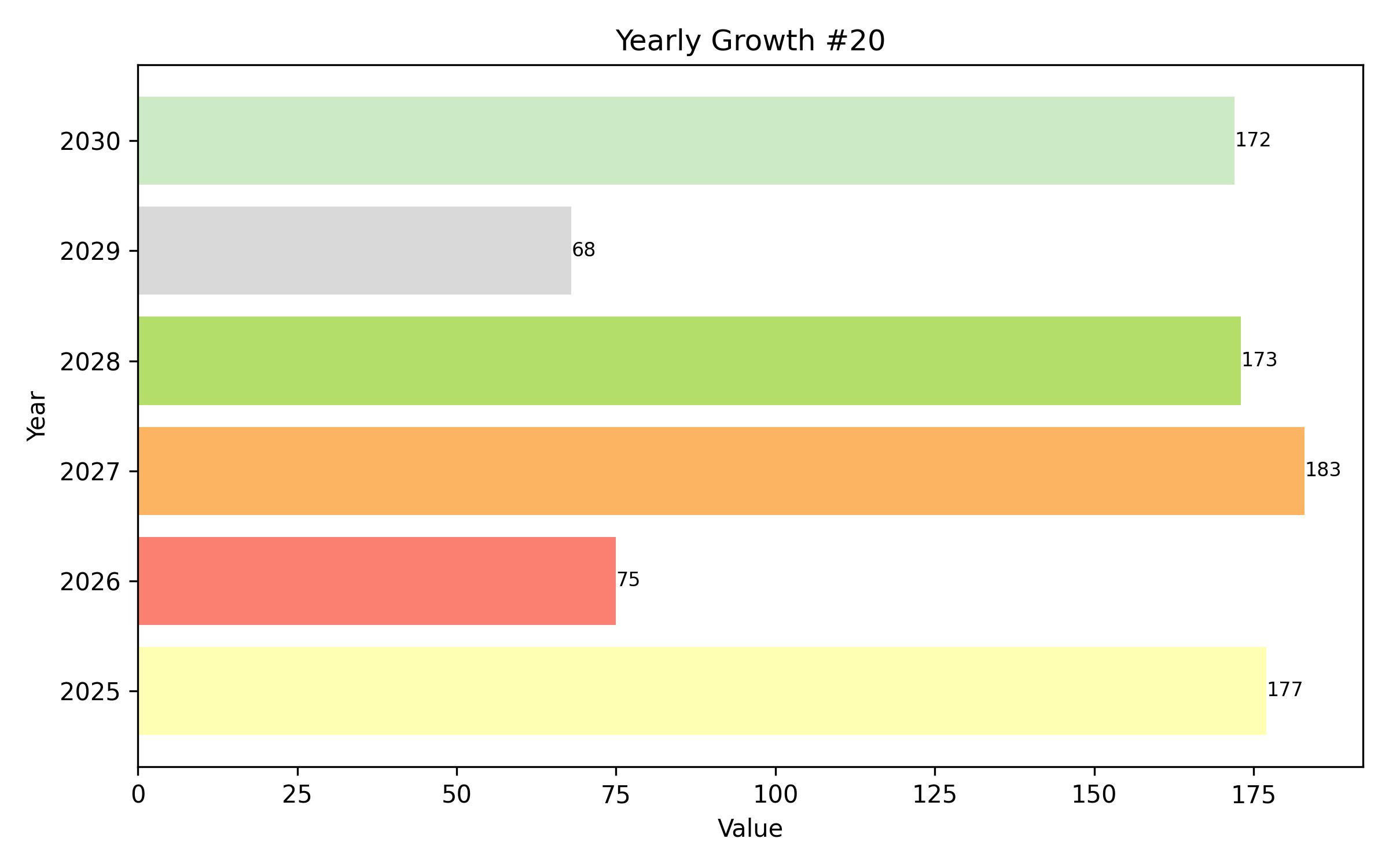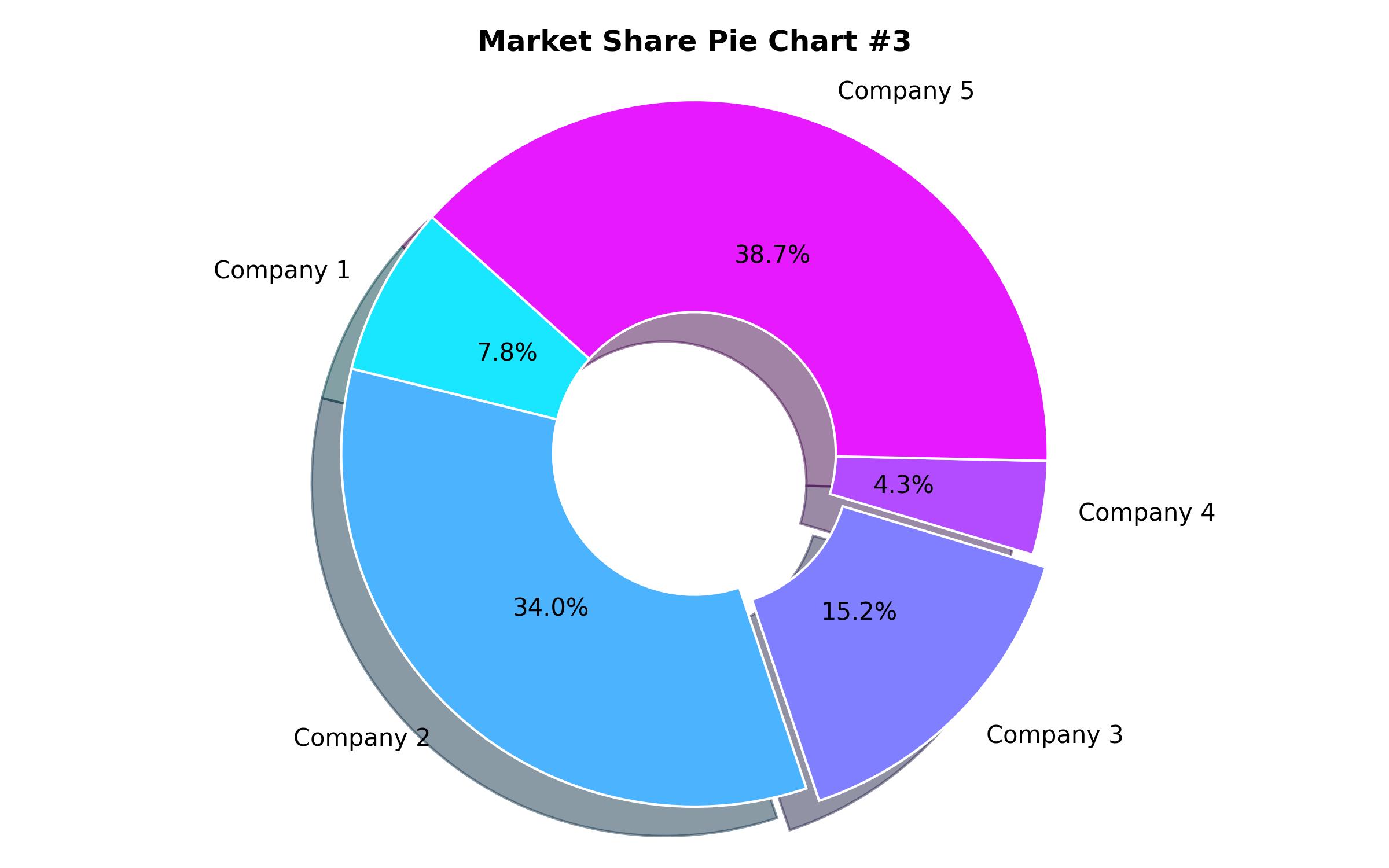Comprehensive Market Analysis: Aircraft Ground Support Equipment in Korea, 2025-2035
Overview:
The Korea aircraft ground support equipment sector is anticipated to reach a value of approximately USD 124.52 million in 2025. Predictions indicate consistent upward trajectory, with projections showing the market expanding at a compound annual growth rate (CAGR) of 5.9% over the next decade, forecasting a market size of around USD 220.9 million by the year 2035.
In 2024, the market demonstrated solid performance, driven primarily by expanding air travel volumes, ongoing initiatives to modernize airport infrastructure, and a discernible shift towards adopting environmentally friendly ground support solutions, propelled by stricter environmental mandates aimed at reducing emissions.
Key regions contributing significantly to this industry expansion include the southern and southwestern provinces, beneficiaries of notable investments in airport facilities and targeted government policies promoting sustainable aviation practices. The burgeoning expansion of e-commerce activities has also invigorated demand for specialized freight handling apparatus.
Looking ahead to 2025 and the subsequent years, continued growth is expected to maintain a steady pace, supported by a forecast CAGR of 5.9%. A prominent trend is the increasing integration of automation, particularly through artificial intelligence (AI) within ground support operations, aiming to optimize efficiency and accelerate turnaround times. Furthermore, the planned expansion of airline fleets within Korea is set to necessitate more sophisticated ground support capabilities.
Anticipated to exceed USD 220.9 million by 2035, the industry outlook points toward significant capital directed towards developing and implementing next-generation ground support technologies. This aligns with regulatory frameworks designed to foster a more integrated and advanced operational environment within Korean airports.
A recent market study involving major stakeholders, including airport management, equipment manufacturers, and airline operators, underscored a significant market pivot towards electric and hybrid ground support equipment. This move is heavily influenced by regulations to curb carbon emissions and decrease reliance on fossil fuels, with over sixty percent of participants indicating intentions to invest in greener equipment within the next half-decade. Nevertheless, the substantial initial investment required and limitations in existing infrastructure present considerable challenges to widespread adoption.
stakeholders also highlighted the critical importance of operational efficiency, emphasizing the adoption of automated systems and data-driven maintenance strategies. AI-enhanced fleet management solutions are gaining traction across Korean aviation, reflecting a desire to improve turnaround efficiency and minimize equipment downtime. This trend is part of a broader industry movement toward predictive maintenance, utilizing live data analytics to boost reliability and operational continuity.
Additionally, there was a expressed interest among participants in standardizing technological implementations across various airports to guarantee seamless functionality and compatibility of ground support tools. The survey further identified a notable increase in the demand for specialized ground support equipment required to support expanded cargo operations. More than fifty-five percent of stakeholders anticipate a significant year-over-year increase in the need for cutting-edge cargo handling technology, including high-capacity transportation units and automated systems for managing baggage, driven by sustained growth in e-commerce and international commerce.
Concerns were also raised regarding the reliance on imported machinery, highlighting the need for government incentives to bolster local manufacturing capabilities for ground support equipment.

| Report Attribute | Details |
|---|---|
| Market Size in 2025 | USD 124.52 Million |
| Revenue Forecast for 2035 | USD 220.9 Million |
| Growth Rate (CAGR) | 5.9% from 2025 to 2035 |
| Base Year for Estimation | 2024 |
| Historical Data | 2020 – 2023 |
| Forecast Period | 2025 – 2035 |
| Quantitative Units | Revenue in USD million and CAGR from 2025 to 2035 |
| Report Coverage | Revenue forecast, company market share, competitive landscape, growth factors, and trends |
| Covered Segments | Equipment, Ownership, Power, Application, and Region |
| Regional Scope | South Korea, North Korea |
| Country Scope | South Korea |
| Key Companies Analyzed | JBT Corporation, TLD Group, Textron GSE, Toyota Industries Corporation, Tug Technologies Corporation |
| Customization Options | Free report customization (up to 8 analysts working days) with purchase. Changes to country, regional, and segment scope |
| Pricing and Purchase Options | Customizable purchase options for tailored research needs |

Report Coverage & Deliverables
- Market Trends And Dynamics
- Competitve Benchmarking
- Historical data and forecasts
- Value/Volume analysis
- Company revenue shares and key strategies
- Regional opportunities
This is an indicative segmentation. Please request a sample report to see detail segmentation of this market.
Detailed Market Segmentation
- By Equipment
- Airport Service Equipment
- Material Handling Equipment
- Ground Power Units
- Other Equipment
- By Ownership
- Purchased
- Rental
- By Power
- Electric and Hybrid
- Non-Electric
- By Application
- Commercial Aviation
- Military Aviation
- By Region
- North Korea
- South Korea
Table of Content
- Executive Summary
- Market Overview
- Key Trends and Dynamics
- Market Size and Forecast (2025-2035)
- Market Analysis By Equipment
- Airport Service Equipment Analysis
- Material Handling Equipment Analysis
- Ground Power Units Analysis
- Other Equipment Analysis
- Market Analysis By Ownership
- Purchased GSE Analysis
- Rental GSE Analysis
- Market Analysis By Power Source
- Electric and Hybrid GSE Analysis
- Non-Electric GSE Analysis
- Market Analysis By Application
- Commercial Aviation Application Analysis
- Military Aviation Application Analysis
- Market Analysis By Region
- South Korea Market Analysis
- North Korea Market Analysis
- Competitive Landscape
- Company Profiles
- Regulatory Environment
- Growth Opportunities and Strategic Recommendations
- Research Methodology
- Assumptions and Key Definitions
